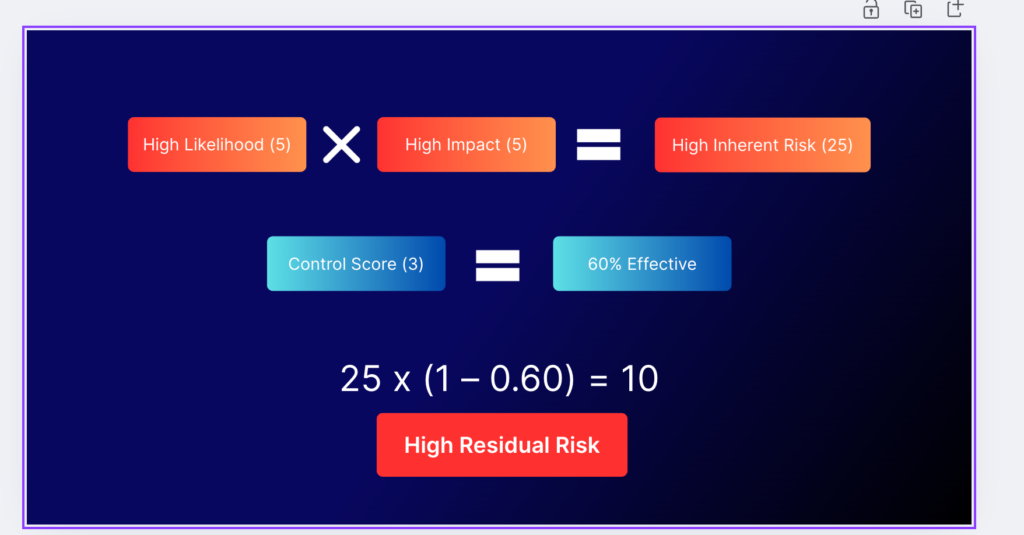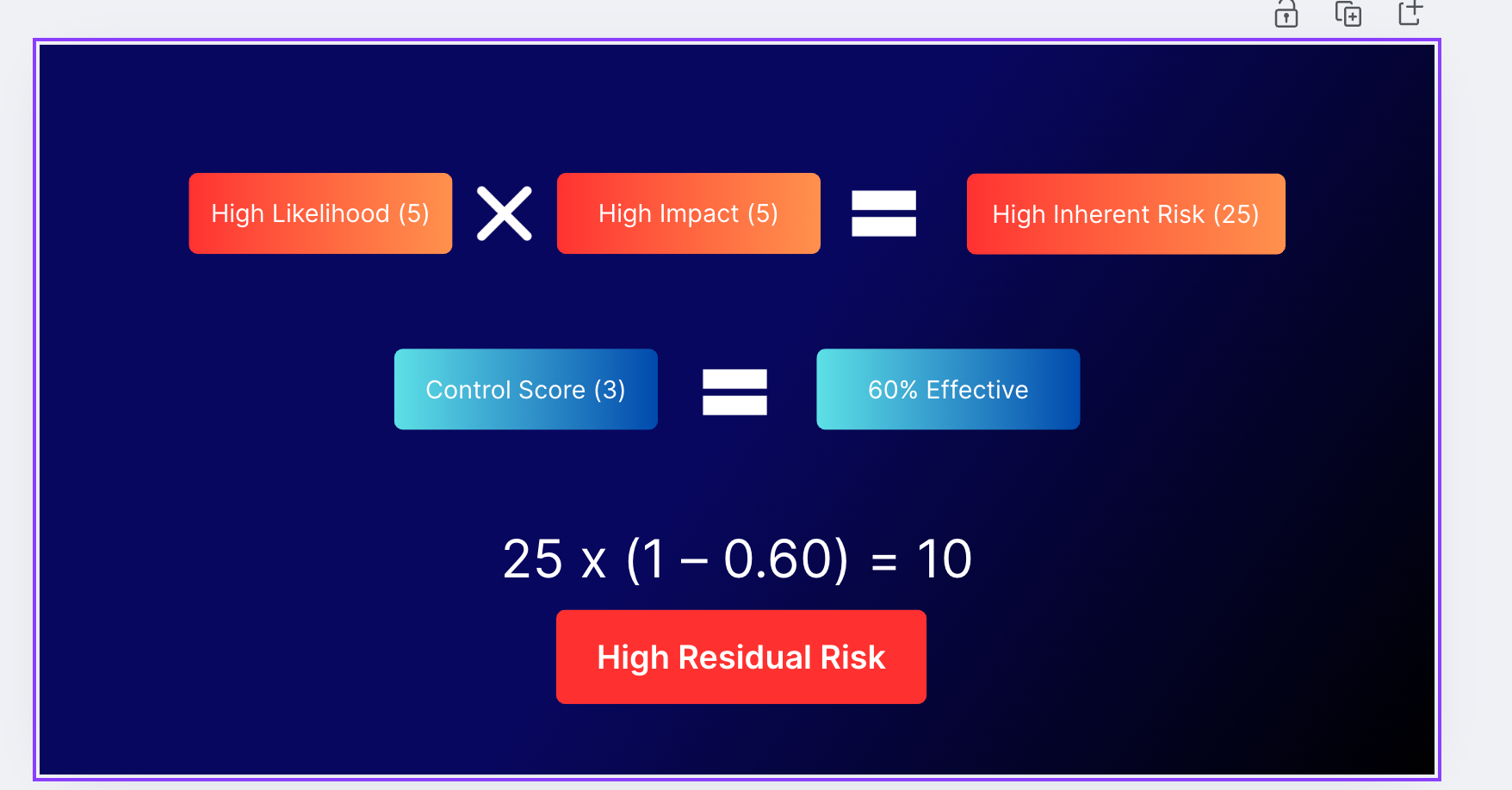As cyber threats grow in sophistication and frequency, organizations face mounting pressure to secure their systems and data. Conducting a comprehensive cybersecurity risk assessment is no longer a luxury—it’s a necessity. Whether you’re looking to protect sensitive customer information, comply with regulatory requirements, or safeguard your business reputation, a well-executed risk assessment provides the insight needed to prioritize your cybersecurity strategy and proactively manage vulnerabilities.
Overview of the Importance of Cybersecurity Risk Assessments
Cybersecurity risk assessments are critical for identifying where your organization is most vulnerable and understanding the potential threats targeting your digital assets and data. These assessments empower you to make informed decisions, allocate resources effectively, and reduce the likelihood of data breaches or operational disruptions. In today’s digital landscape, risk assessments are foundational to building resilience and maintaining trust with customers, partners, and regulators.
Understanding the Link Between Vulnerabilities and Cyber Threats
Cybersecurity risk stems from the intersection of vulnerabilities—weaknesses in systems, processes, or people—and external or internal threats looking to exploit them. Threat actors like cybercriminals and nation-state attackers continuously search for these exploitable flaws. Whether it’s a misconfigured server, unpatched software, or lax user permissions, understanding your vulnerabilities is key to preempting attacks and reducing risk exposure.
Think of a vulnerability as an unlocked window in a house. It may go unnoticed during daily routines, but a burglar searching for easy targets will see it as an opportunity. Just as a homeowner must secure every entry point to prevent break-ins, organizations must identify and address vulnerabilities to prevent cyber intrusions.
The WannaCry ransomware attack in 2017 exploited a known vulnerability in Microsoft Windows (SMB protocol). Even though this vulnerability had been patched by Microsoft months earlier, many organizations had failed to apply the update. Exposed systems allowed the ransomware to spread rapidly across networks worldwide, disrupting hospitals, businesses, and governments—all because a vulnerability remained unpatched and was actively exploited by a threat actor.
Assessment Methodologies and Frameworks
Introduction to the NIST Cybersecurity Framework
The NIST Cybersecurity Framework (CSF) is well-known for its flexible, risk-based approach and focus on six core functions: Govern, Identify, Protect, Detect, Respond, and Recover. This structure helps cyber risk teams create a shared language around cybersecurity and align risk management with organizational goals. The NIST CSF taxonomy of outcome-driven statements within the Identify function can be leveraged in conjunction with related controls from NIST 800-53 to establish and improve an organization’s risk assessment methodology. Relevant areas addressed, otherwise known as NIST CSF Categories, include:
- Asset Management (ID.AM): The data, personnel, devices, systems, and facilities that enable the organization to achieve business purposes are identified and managed consistent with their relative importance to business objectives and the organization’s risk strategy.
- Business Environment (ID.BE): The organization’s mission, objectives, stakeholders, and activities are understood and prioritized; this information is used to inform cybersecurity roles, responsibilities, and risk management decisions.
- Risk Assessment (ID.RA): The organization understands the cybersecurity risk to organizational operations (including mission, functions, image, or reputation), organizational assets, and individuals.
- Risk Management Strategy (ID.RM): The organization’s priorities, constraints, risk tolerances, and assumptions are established and used to support operational risk decisions.
Complementary and Alternative Risk Assessment Methodologies
| Framework | Approach | Strength | Best For |
|---|---|---|---|
| NIST CSF | Risk-based | Widely adopted, flexible | U.S.-based orgs, general use |
| ISO 27005 | Qualitative | Standards-compliant | Global orgs with ISO 27001 |
| FAIR | Quantitative | Financial impact modeling | Executive buy-in, budgeting |
| CIS RAM | Control-based | Practical, regulatory-aligned | SMBs and regulated industries |
| ENISA | Policy-driven | EU-compliance focused | EU-based or regulated entities |
The Foundation of Cybersecurity Risk Assessment: Identifying the Scope
Determining Critical Assets and Sensitive Information
Before diving into the details of a risk assessment, clearly define the scope. Identify critical systems, data repositories, and business functions that, if compromised, would impact operations or data integrity. These may include customer databases, proprietary software, or infrastructure supporting essential services.
Recognizing Stakeholders and Compliance Requirements
Equally important is recognizing internal and external stakeholders—IT, legal, compliance, and executive leadership—as well as the regulatory environment. Depending on your industry and geographical footprint, you may be subject to frameworks like GDPR, HIPAA, or PCI DSS. Each has its own standards for data protection and incident response, which should be factored into your risk assessment process.
“Understanding everything that makes the business run, identifying the critical paths and dependencies, as well as including stakeholders early and often in the process, will be key in the risk management journey” – Liliana Sanchez, Senior InfoSec Analyst at LogicGate.
The Five Essential Steps of a Cybersecurity Risk Assessment
Step 1: Identify Vulnerabilities and Potential Threats
Once you understand the scope of your assessment, you can start to uncover vulnerabilities using tools like network scanners, penetration tests, and configuration audits. A diverse set of methods can help uncover both technical and human-centric flaws.
In parallel, consider what threats could impact data confidentiality, integrity, and accessibility. While threat actors like cybercriminals using malware, phishing, and ransomware for financial gain may be the first to come to mind, many threats are not malicious. Be sure to account for non-malicious and accidental threats, like:
- Human Error: Mistakes happen. An employee could accidentally send sensitive data to the wrong email address or delete critical files.
- Lost Devices: An employee may lose a laptop, USB drive, or smartphone containing unencrypted sensitive data
- Hardware or Software Failures: It’s possible that a hard drive crashes without recent backups or a software bug could corrupt data.
- Natural Disasters: Floods, fires, or earthquakes can easily damage data centers or network infrastructure.
Ensure related threats and vulnerabilities are mapped back to assets or asset groups.
Step 2: Identify and Analyze Related Risks
The resulting business impact of a threat exploiting an asset’s vulnerability defines an inherent risk. With a connected view of assets, threats, and vulnerabilities, your team will be prepared to identify and assess these related risks.
Inherent Risk Scoring
A core output of a cyber risk assessment is an inherent risk score or value. This involves assessing a risk’s likelihood of occurring and potential business impact. There are three popular approaches to determining inherent risk:
- Qualitative: Risk owners subjectively assign categories like high, medium, and low for likelihood and impact, resulting in a risk matrix or heat map to prioritize risks.
- Semi-Qualitative: Teams attempt to provide a more objective approach by assigning numerical values to likelihood and impact, then multiplying those values to calculate a numerical risk score.
- Quantitative: This is a data-driven, numerical method that uses financial and statistical models to quantify risk, like Annualized Loss Expectancy (ALE), Single Loss Expectancy (SLE), and Exposure Factor. FAIR™ is a standard quantitative risk analysis model for cybersecurity and operational risk that produces a risk “score” in terms of dollars and probability.
Step 3: Evaluate Current Security Controls and Posture
In addition to understanding each cyber risk’s inherent impact, teams should take into account existing security controls that may be mitigating risk to some degree. During the cyber risk control evaluation process, control owners should assess how well your organization’s safeguards are designed and functioning to reduce risk.
Determining Control Effectiveness and Residual Risk Scores
- Assess design effectiveness: Determine if the control is appropriately designed to mitigate the linked risk and aligns to the latest best practices.
- Test operational effectiveness: Determine if the control is correctly implemented and working as expected. Submit relevant metrics or evidence to support the evaluation.
- Determine control maturity (ideal but optional): The NIST Cybersecurity Framework provides maturity tiers that teams may choose to implement, helping to assess controls beyond a baseline effectiveness score to assign a maturity rating that can be improved over time: ad hoc, repeatable, defined, managed, or optimized.
Control scoring is often qualitative but can be numerically weighted to assist with calculating residual risk scores. See the below example:

It is also possible to define residual risk in financial values if you have implemented a risk quantification approach. For example, Risk Cloud Quantify would enable your team to calculate the Annualized Loss Expectancy (ALE) of a risk. If that value is $100,000 and your control is evaluated as 60% effective, you can estimate the residual risk value as $100,000 × (1 – 0.60) = $40,000.
Step 4: Develop Mitigation Strategies and Implement Remediation
Based on risk and control assessment data, mitigation strategies can be designed to reduce risk to an acceptable level. Examples include patching vulnerabilities, training employees, or implementing new access controls. Be sure to prioritize remediation based on risk severity, business impact, and cost of mitigation. This is where visibility across multiple levels of related risk data—like related business units, process criticality, and organizational objectives—is extremely helpful. It is also crucial to align with executive leadership on cyber risk appetite and what “acceptable” looks like at your organization.
Step 5: Monitor and Review the Cybersecurity Posture Regularly
Risk assessments aren’t one-and-done. Establish metrics to monitor your risk environment continuously—such as intrusion attempts, patching timelines, and user behavior analytics. Integrate your cyber risk management platform with monitoring tools to ensure key risk indicator scores are always up to date and response teams are alerted when thresholds are exceeded. It is also recommended to go beyond purely technical feedback loops and establish regular reviews with stakeholders to ensure emerging threats, new business processes, and changes in regulatory requirements are proactively identified and addressed.
Integrating Cybersecurity Risk Assessment into Business Strategy
To be truly effective, cybersecurity risk assessments must align with overarching business objectives. The NIST CSF provides helpful guidance on how to integrate within broader enterprise risk management practices, improve executive engagement, and align with organizational initiatives.
Target profiles are a foundational element of the NIST CSF. It is recommended that cyber risk teams collaborate with leadership to define what risks the organization is willing to accept and what maturity level is expected for each area. The end goal is to close the gap between existing practices and targeted outcomes so that corrective actions can be implemented.
The inclusion of a Govern Function also helps teams ensure outcomes of the other five Functions are achieved within the context of an organization’s mission, stakeholder expectations, and regulatory requirements. This Function also guides teams to design a risk management strategy that defines an organization’s priorities, risk tolerance, and cadence for communicating cybersecurity posture at the executive level.
Conclusion
Continuous cybersecurity risk assessments and key risk indicator monitoring are essential for protecting your organization’s operations and ensuring the confidentiality, integrity, and availability of data. By following a structured approach—identifying risks, evaluating controls, and strategically prioritizing mitigations—you can enhance your security posture, ensure compliance, and support long-term business resilience.
Risk Cloud helps organizations efficiently operationalize their cyber risk management framework by aggregating multi-source asset, threat, and vulnerability data into actionable insights and automated workflows. Contextualize cyber risk scores with impacted processes, related business objectives, and financial values to engage executive stakeholders and strategically prioritize response. Request a demo today, and let’s unlock the future of cyber risk management together.
